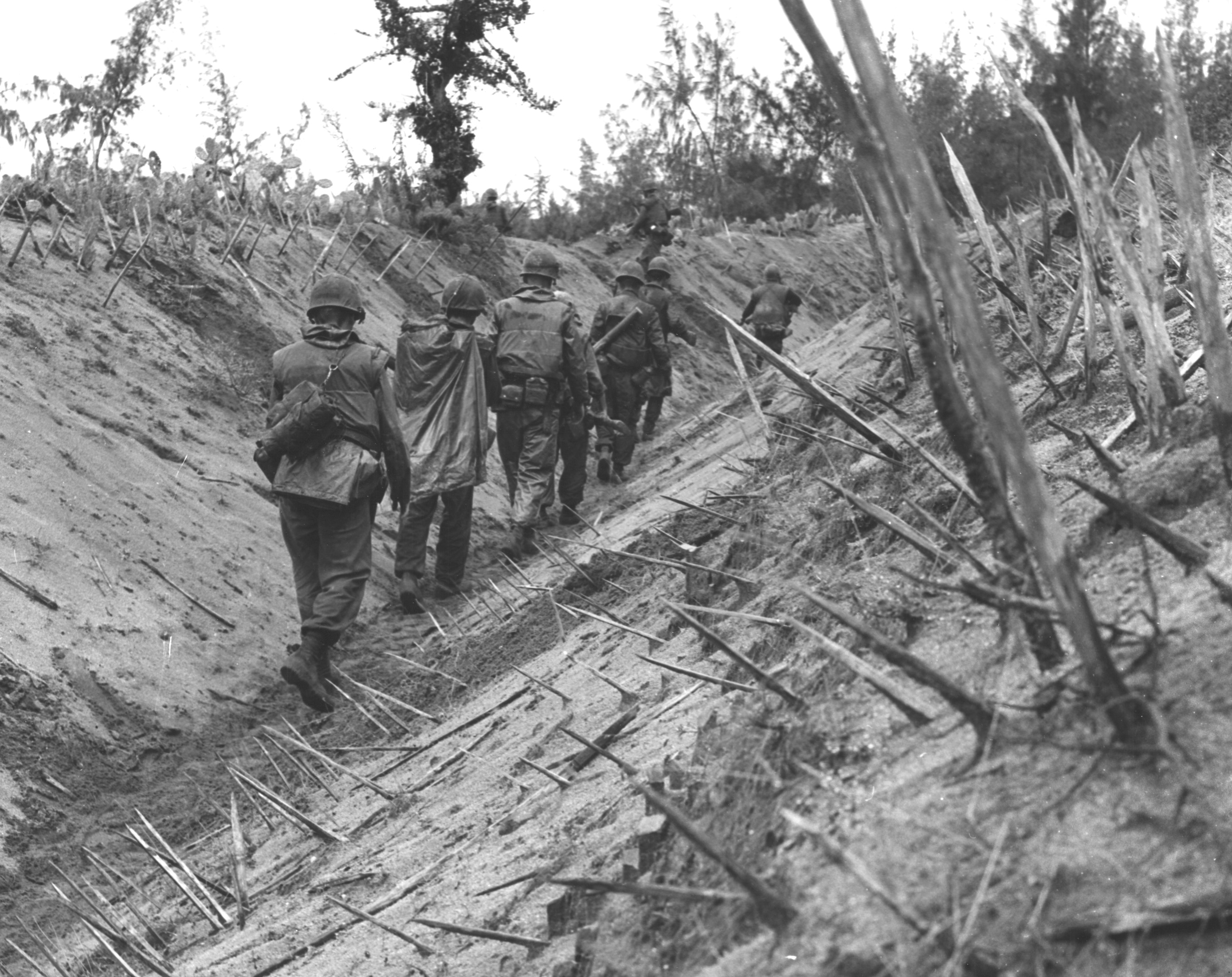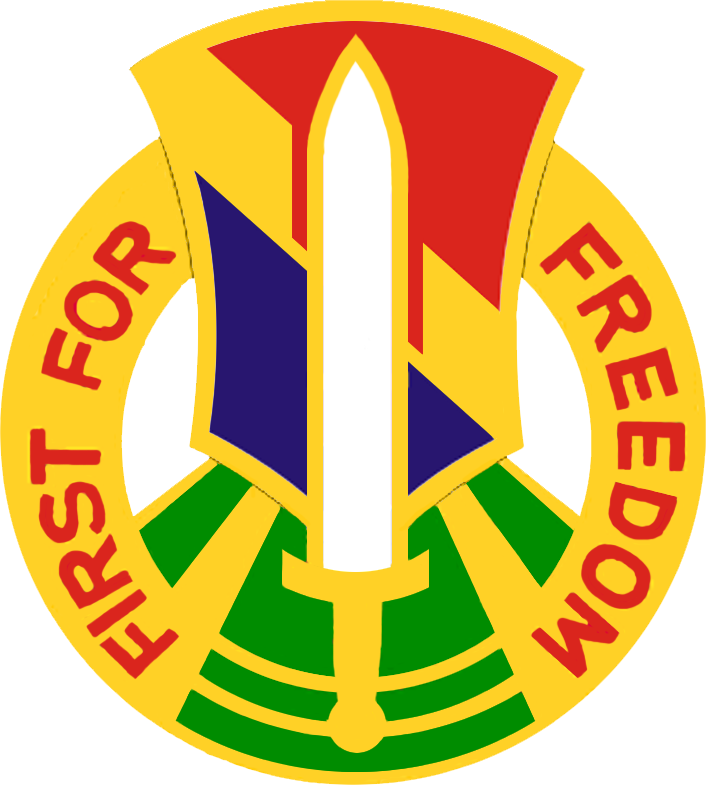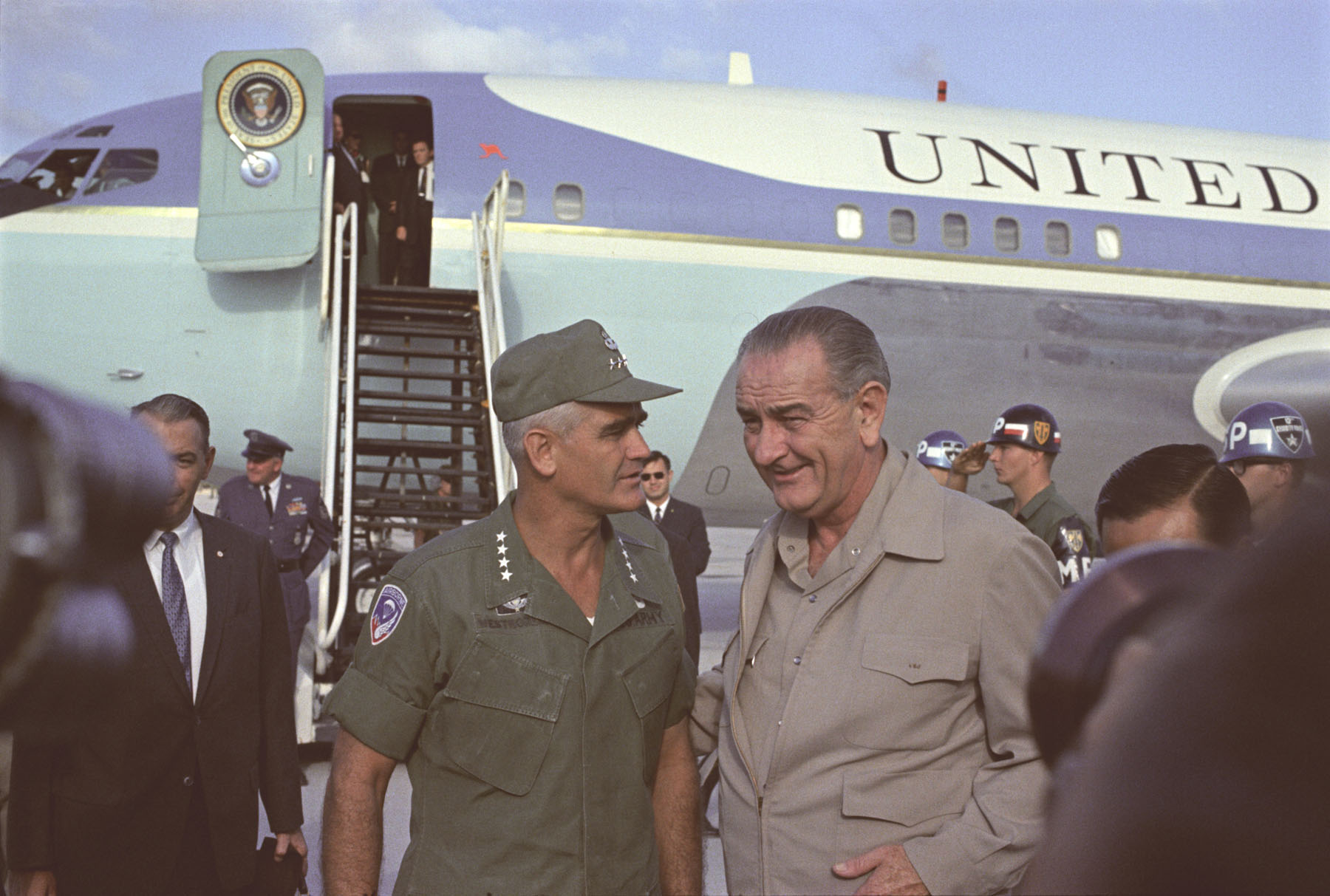|
Operation Double Eagle
Operation Double Eagle was a US Marine Corps and Army of the Republic of Vietnam (ARVN) operation that took place in southern Quảng Ngãi Province, lasting from 28 January to 17 February 1966, during the Vietnam War. The operation was mounted in conjunction with Operation Masher in northern Bình Định Province. The operation was inconclusive as the People's Army of Vietnam (PAVN) and the Vietcong (VC) had largely slipped away. Background On 7 December 1965 COMUSMACV General William Westmoreland instructed III Marine Amphibious Force (III MAF) and I Field Force, Vietnam to prepare plans for operations in the I Corps/ II Corps border area to commence in late January. On 6 January III MAF commander LG Lewis W. Walt instructed BG Jonas M. Platt to reestablish ''Task Force Delta'' and commence planning the operation in coordination with ARVN 2nd Division commander General Hoàng Xuân Lãm. It was believed that the PAVN 18th and 95th Regiments and the VC 2nd Regi ... [...More Info...] [...Related Items...] OR: [Wikipedia] [Google] [Baidu] |
Vietnam War
The Vietnam War (also known by #Names, other names) was a conflict in Vietnam, Laos, and Cambodia from 1 November 1955 to the fall of Saigon on 30 April 1975. It was the second of the Indochina Wars and was officially fought between North Vietnam and South Vietnam. The north was supported by the Soviet Union, China, and other communist states, while the south was United States in the Vietnam War, supported by the United States and other anti-communism, anti-communist Free World Military Forces, allies. The war is widely considered to be a Cold War-era proxy war. It lasted almost 20 years, with direct U.S. involvement ending in 1973. The conflict also spilled over into neighboring states, exacerbating the Laotian Civil War and the Cambodian Civil War, which ended with all three countries becoming communist states by 1975. After the French 1954 Geneva Conference, military withdrawal from Indochina in 1954 – following their defeat in the First Indochina War – the Viet Minh to ... [...More Info...] [...Related Items...] OR: [Wikipedia] [Google] [Baidu] |
Army Of The Republic Of Vietnam
The Army of the Republic of Vietnam (ARVN; ; french: Armée de la république du Viêt Nam) composed the ground forces of the Republic of Vietnam Military Forces, South Vietnamese military from its inception in 1955 to the Fall of Saigon in April 1975. It is estimated to have suffered 1,394,000 casualties (killed and wounded) during the Vietnam War. The ARVN began as a postcolonial army that was Military Assistance Advisory Group, trained by and closely affiliated with the United States and had engaged in conflict since its inception. Several changes occurred throughout its lifetime, initially from a 'blocking-force' to a more modern War in Vietnam (1959–63)#Republic of Vietnam strategy, conventional force using Air assault, helicopter deployment in combat. During the American intervention, the ARVN was reduced to playing a defensive role with an incomplete modernisation, and transformed again following Vietnamization, it was upgeared, expanded, and reconstructed to fulfill the ... [...More Info...] [...Related Items...] OR: [Wikipedia] [Google] [Baidu] |
I Corps (South Vietnam)
I Corps () was a corps of the Army of the Republic of Vietnam (ARVN), the army of the nation state of South Vietnam that existed from 1955 to 1975. It was one of four corps of the ARVN. This was the northernmost region of South Vietnam, bordering North Vietnam at the Vietnamese Demilitarized Zone (DMZ). These five provinces are Quảng Trị Province, (Khe Sanh, Đông Hà, Quảng Trị City), Thừa Thiên-Huế Province, (Phu Bai, Huế City), Quảng Nam Province, (Đà Nẵng, Hội An), Quảng Tín Province, (Tam Kỳ, Chu Lai) and Quảng Ngãi Province, (Quảng Ngãi). I Corps became operational in November 1957. Among its formations and units were the ARVN 1st Division. The I CTZ, later Military Region 1, was partnered with the U.S. III Marine Expeditionary Force and the XXIV Corps. Lam Son 719 General Hoàng Xuân Lãm was given responsibility for the I Corps Tactical Zone in 1967. He coordinated the South Vietnamese Operation Lam Sơn 719 offensive which aim ... [...More Info...] [...Related Items...] OR: [Wikipedia] [Google] [Baidu] |
I Field Force, Vietnam
I Field Force, Vietnam was a corps-level command of the United States Army during the Vietnam War. Activated on 15 March 1966, it was the successor to Task Force Alpha, a provisional corps command created 1 August 1965 (renamed Field Force Vietnam on 25 September) for temporary control of activities of U.S. Army ground combat units arriving in Vietnam. I Field Force was a component of U.S. Military Assistance Command Vietnam (MACV) and had its headquarters at Nha Trang. Area of Responsibility and Units Assigned I Field Force's area of responsibility was II Corps Tactical Zone, later renamed Military Region 2, which comprised the twelve provinces of Vietnam's Central Highlands. Among the divisions and brigades it controlled were: * 1st Cavalry Division (Airmobile) * 4th Infantry Division *3d Brigade, 25th Infantry Division *1st Brigade, 101st Airborne Division *173rd Airborne Brigade * 41st Artillery Group *52nd Artillery Group *77th Radar Detachment *54th Signal Battalion ... [...More Info...] [...Related Items...] OR: [Wikipedia] [Google] [Baidu] |
III Marine Expeditionary Force
III Marine Expeditionary Force (III MEF) is a formation of the Marine Air-Ground Task Force of the United States Marine Corps. It is forward-deployed and able to rapidly conduct operations across the spectrum from humanitarian assistance and disaster relief (HA/DR) to amphibious assault and high-intensity combat. It maintains a forward presence in Japan and Asia to support the Treaty of Mutual Cooperation and Security between the United States and Japan (1960) and other alliance relationships of the United States. III MEF also conducts combined operations and training throughout the region in support of the National Security Strategy for Theater Security Cooperation. The Marines and sailors of III MEF engage in more than 65 combined, bilateral and multilateral training exercises annually throughout the Asia-Pacific region, in countries including treaty allies Japan, Thailand, South Korea, the Philippines, and Australia. These exercises build partner capacity, develop and main ... [...More Info...] [...Related Items...] OR: [Wikipedia] [Google] [Baidu] |
William Westmoreland
William Childs Westmoreland (March 26, 1914 – July 18, 2005) was a United States Army general, most notably commander of United States forces during the Vietnam War from 1964 to 1968. He served as Chief of Staff of the United States Army from 1968 to 1972. Westmoreland adopted a strategy of attrition against the Viet Cong and the North Vietnamese Army, attempting to drain them of manpower and supplies. He also made use of the United States' edge in artillery and air power, both in tactical confrontations and in relentless strategic bombing of North Vietnam. Nevertheless, public support for the war eventually diminished, especially after the Battle of Khe Sanh and the Tet Offensive in 1968. By the time he was re-assigned as Army Chief of Staff, United States military forces in Vietnam had reached a peak of 535,000 personnel. Westmoreland's strategy was ultimately politically unsuccessful. Growing United States casualties and the draft undermined United States support for the wa ... [...More Info...] [...Related Items...] OR: [Wikipedia] [Google] [Baidu] |
COMUSMACV
U.S. Military Assistance Command, Vietnam (MACV) was a joint-service command of the United States Department of Defense. MACV was created on 8 February 1962, in response to the increase in United States military assistance to South Vietnam. MACV was first implemented to assist the Military Assistance Advisory Group (MAAG) Vietnam, controlling every advisory and assistance effort in Vietnam, but was reorganized on 15 May 1964 and absorbed MAAG Vietnam to its command when combat unit deployment became too large for advisory group control. MACV was disestablished on 29 March 1973 and replaced by the Defense Attaché Office (DAO), Saigon. The DAO performed many of the same roles of MACV within the restrictions imposed by the Paris Peace Accords until the Fall of Saigon. The first commanding general of MACV (COMUSMACV), General Paul D. Harkins, was also the commander of MAAG Vietnam, and after reorganization was succeeded by General William C. Westmoreland in June 1964, followed by ... [...More Info...] [...Related Items...] OR: [Wikipedia] [Google] [Baidu] |
Helicopter Staging Port, Operation Double Eagle, 1966 (16520824409)
A helicopter is a type of rotorcraft in which lift and thrust are supplied by horizontally spinning rotors. This allows the helicopter to take off and land vertically, to hover, and to fly forward, backward and laterally. These attributes allow helicopters to be used in congested or isolated areas where fixed-wing aircraft and many forms of STOL (Short TakeOff and Landing) or STOVL (Short TakeOff and Vertical Landing) aircraft cannot perform without a runway. In 1942, the Sikorsky R-4 became the first helicopter to reach full-scale production.Munson 1968.Hirschberg, Michael J. and David K. Dailey"Sikorsky". ''US and Russian Helicopter Development in the 20th Century'', American Helicopter Society, International. 7 July 2000. Although most earlier designs used more than one main rotor, the configuration of a single main rotor accompanied by a vertical anti-torque tail rotor (i.e. unicopter, not to be confused with the single-blade monocopter) has become the most common ... [...More Info...] [...Related Items...] OR: [Wikipedia] [Google] [Baidu] |
Vietcong
, , war = the Vietnam War , image = FNL Flag.svg , caption = The flag of the Viet Cong, adopted in 1960, is a variation on the flag of North Vietnam. Sometimes the lower stripe was green. , active = 1954–1959 ''(as southern Viet Minh cadres)'' , ideology = , position = Far-left , leaders = Liberation Army: Central Office: Liberation Front:Burchett, Wilfred (1963):Liberation Front: Formation of the NLF, ''The Furtive War'', International Publishers, New York. Governance: , merged_into = Vietnamese Fatherland Front , clans = , headquarters = , area = Indochina, with a focus on South Vietnam , predecessor = Viet Minh , successor = Vietnam Fatherland Front , allies = , opponents = , battles = See full list The Viet Cong, ; contraction of (Vietnamese communist) was an armed communist organization in South Vietnam, ... [...More Info...] [...Related Items...] OR: [Wikipedia] [Google] [Baidu] |







